Model railroad track terms
Whether you’re new to the hobby or starting again after a break, it’s good to know the terms of the hobby. The following model railroad track terms are geared toward HO and N scales, but many of the terms also apply to other gauges.
Gauge:
Gauge is the distance between each rail. Prototype standard gauge track in North America is 4-feet, 8 1/2-inches. Scaled down, the standard gauge for HO scale track is 16.5 millimeters and the gauge for N scale track is 9 millimeters. This gauge isn’t the only one found on full-size and model railroads. Some prototype railroads, such as industrial, logging, and mining lines, use narrow gauge track. A common variant of this in the model railroad world is HOn30 which is HO scale (1:87.1) but the gauge of the track is 9 millimeters, using N scale track. Using a National Model Railroad Association standards gauge as shown below can help to ensure all of your track is, in fact, in gauge.
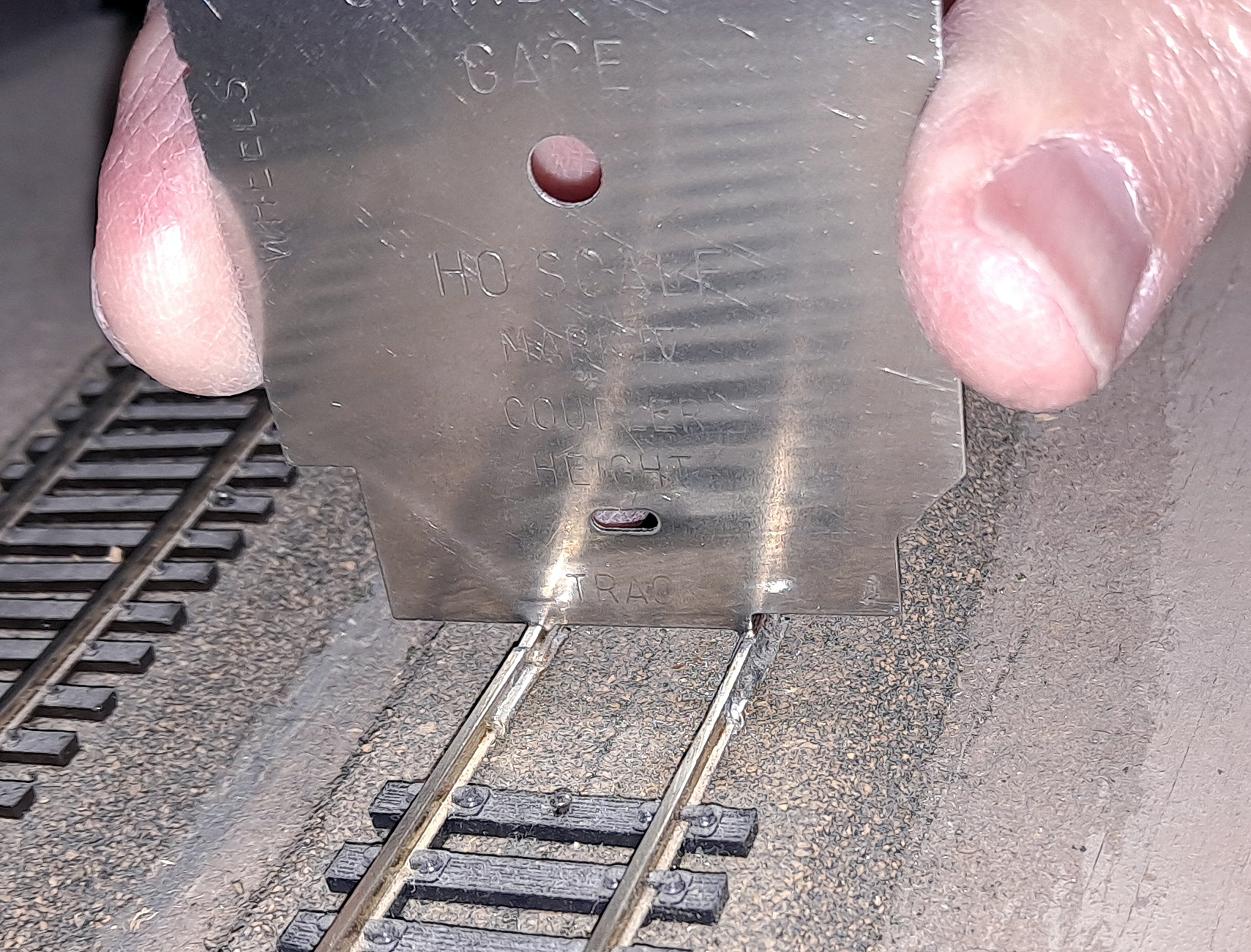
Code:
Code is the height of the rail. In model railroading, this is measured in thousandths of an inch. The popular codes for HO scale are code 83 (0.083”) and code 100 (0.100”). In N scale, the popular codes are code 55 (0.055”) and code 80 (0.080”).
Prototype railroads use different sizes of rail for different purposes. Mainlines that support constant heavy traffic have heavier rail, which is taller in height. Spurs that see less traffic get lighter rail, which is shorter in height. This can easily be modeled on your layout by using a larger code rail for mainlines and smaller code for sidings, spurs, and yards.
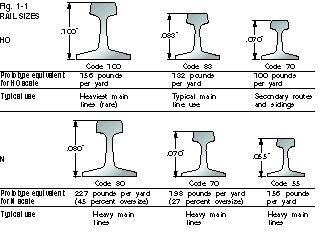
Sectional and flextrack:
Flextrack and sectional track are the two most popular forms of track on the market. Flextrack is usually sold in 36” lengths. It can be installed straight or curved to virtually any radius the modeler chooses.
Sectional track is offered in straight and curved pieces, as well as turnouts and crossing. It’s also included with many train sets. Sectional track is offered with or without roadbed. Sectional track with roadbed, such as Kato Unitrack, has connectors on the ends that can only be attached to other pieces of the same brand’s sectional track (with some exceptions). Sectional track without ballast is compatible with virtually any brand of sectional track as well as flextrack.

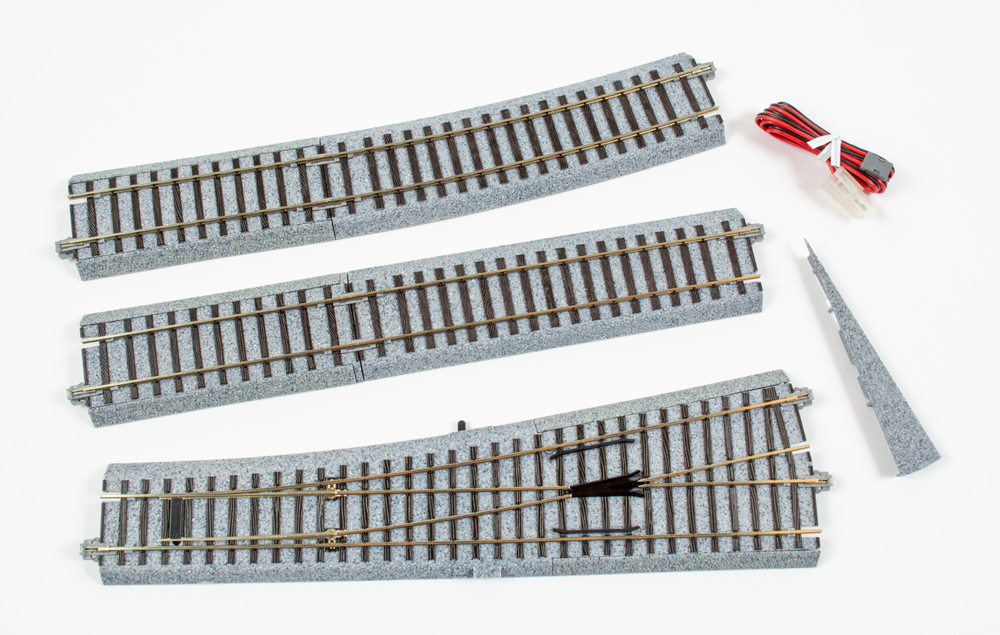
Radius:
Radius is the distance from the center of a circle to the center of the gauge. In the real world this is typically measured in feet, but in modeling it’s measured in inches. If you multiply the radius of a curve, you get the circumference, which will tell you how much space a whole circle will take up. For instance, a circle made out of 12” curves would take up a space of around 24 x 24 inches. Curved sectional track is sold in various radii, and you can make your own curves using flextrack.
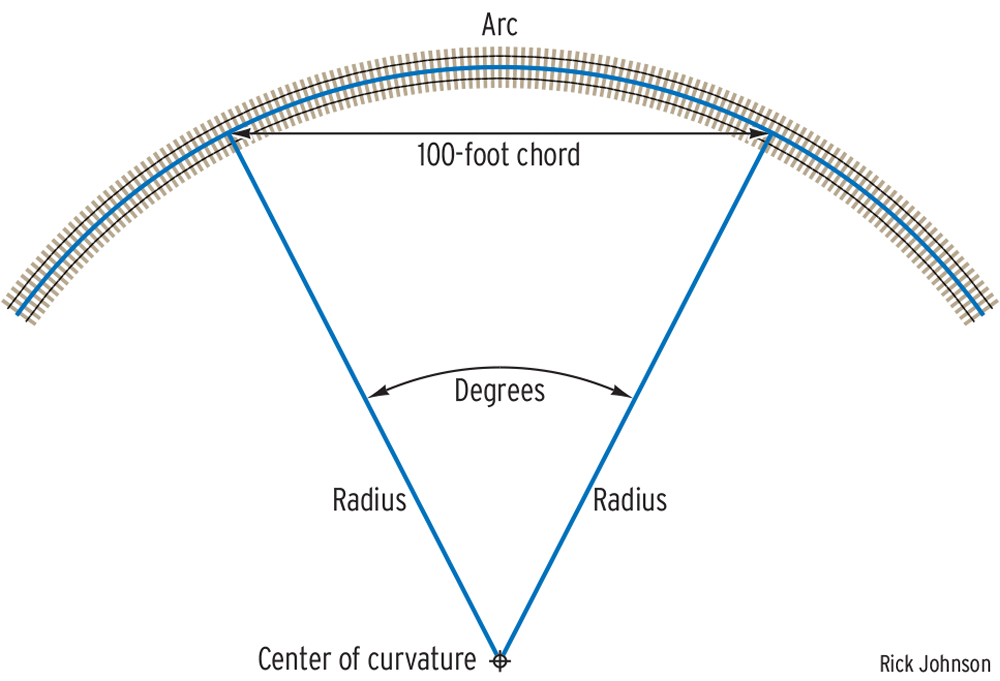
Ties:
Ties are the supports that keep the rails in gauge. On prototype railroads ties are typically made out of wood treated with creosote, with some being made out of concrete. Bolted to the ties are tie plates, which along with spikes, keep the rails 4-feet, 8 1/2-inches apart and upright. Model railroad ties are usually plastic, but those who choose to handlay their track use wood ties as well. Flextrack and sectional track is always sold attached to ties, while handlaid track ties and rails are assembled by the modeler.
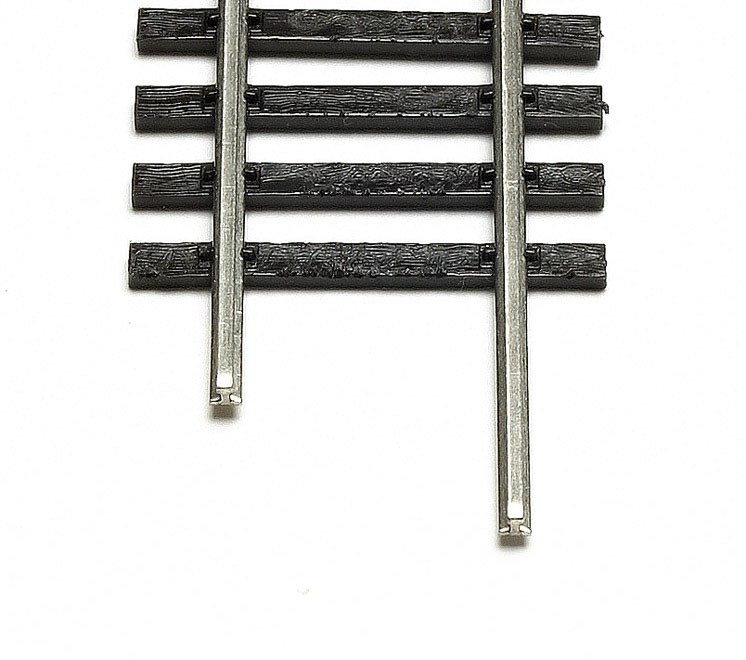
Rail joiners:
Rail joiners are the connectors that hold the rails from two pieces of track together. Sectional track with roadbed almost always uses rail joiners, some of which may interlock with the roadbed and are proprietary. Sectional track without roadbed usually includes at least two rail joiners per piece of track. Flextrack typically doesn’t include rail joiners, but they can be purchased separately. Rail joiners with feeders attached are also available.
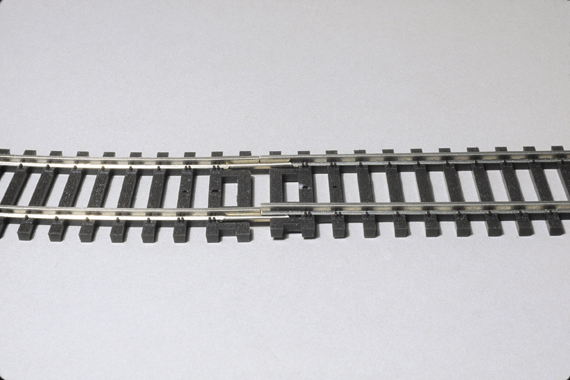
Turnout number:
Turnout number corresponds with the length in which it takes the track to separate one unit. For instance, if it takes six inches for the tracks to separate one inch, the turnout is a No. 6 turnout. If it were to only take four inches, it would be a No. 4 turnout. This distance is determined by the angle of the frog, the point where the inside tracks cross. Prototypical turnouts are also referred to by number, but by larger units than inches. To learn more about HO scale No. 6 turnouts, see Cody Grivno’s photo gallery
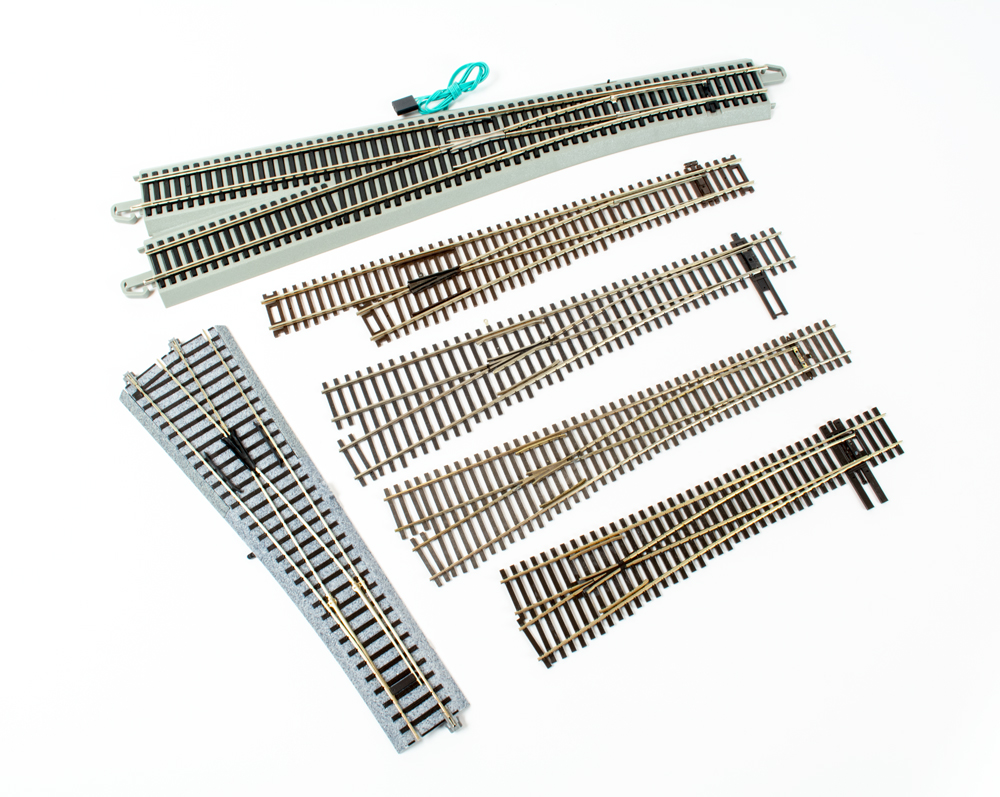
I hope this has helped define the common model railroad track terms. Next time you’re out railfanning, look closely at the track and notice how much the prototypical track relates to your scale track.









